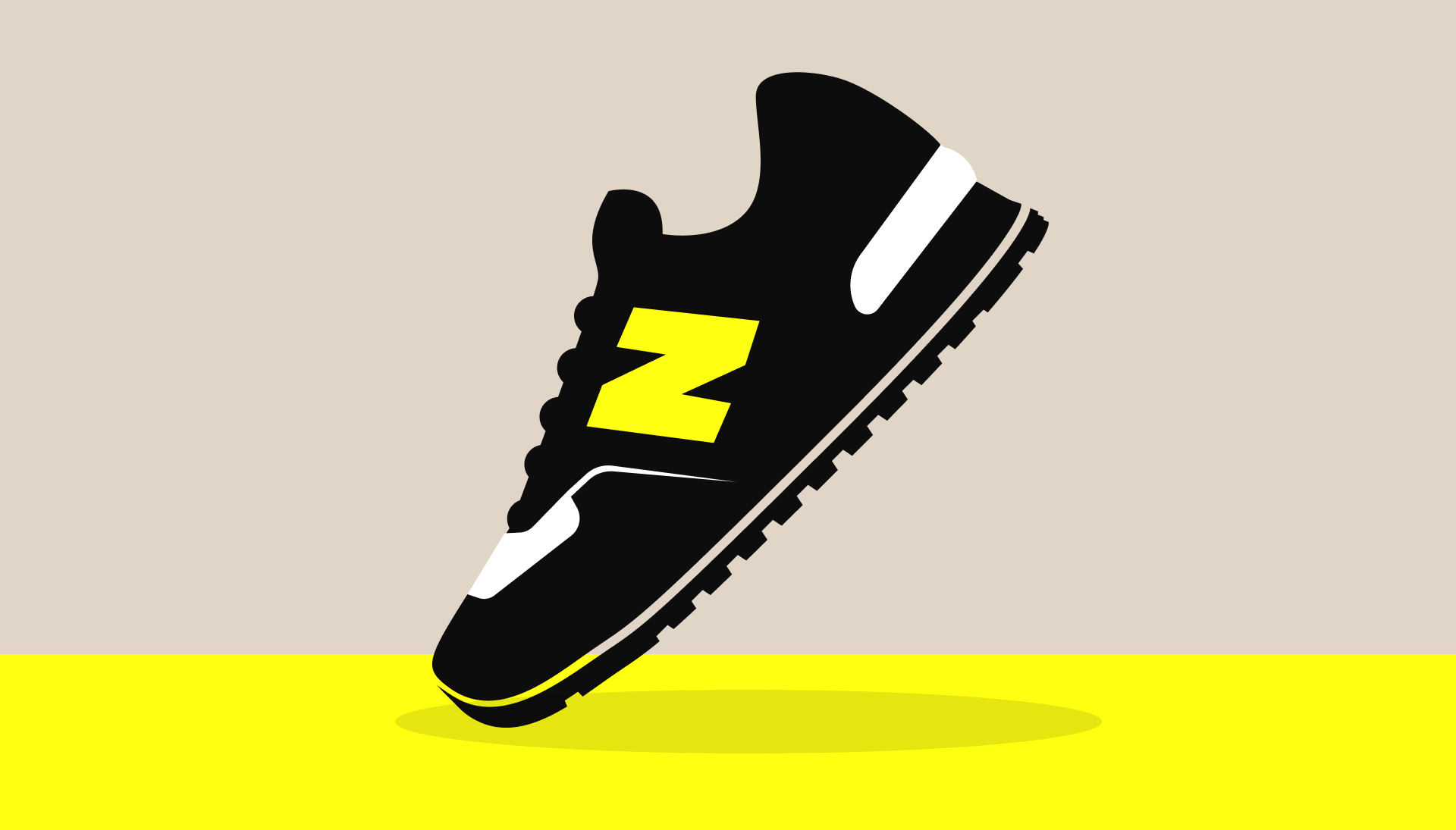Brands, marketers, and advertisers have long been asking themselves the question: “how do we emotionally connect with our customers?” Countless well-respected advertising practitioners have touted the need for establishing an emotional connection with audiences. But until recently, there’s been little in the way of practical frameworks to aid in executing these recommendations. Now, new models are emerging that may go some way to helping marketer’s understand and create emotional connections. The trick is in finding ways to harness them.
Many of the most common marketing frameworks have an assumption of human rationality at their heart. Take AIDA: this assumes a consumer moves in a linear path to purchase from awareness to interest, to desire, and finally to action. The reality is much different. I don’t know about you, but the last major purchase I made – a new car – was highly emotional, and anything but rational!
“Dual process” theory (based on Kahenman’s dual system) has challenged rational thinking head-on, positioning emotion as front and centre when it comes to our purchase decisions. It operates under the basis that, simply put, brands must capture our emotions in order to capture our dollars.
To distil Dual Process Theory into a practical model, we must focus on three core interacting principles that influence buying behaviour: emotion, fluency, and salience.
Unsurprisingly, Emotion is all about a consumer’s feelings towards a brand. Are those feelings positive or negative? What kind of emotions are generated when consumers think about a brand? And how emotionally involved are they with that brand?
A consumer’s emotional connection with a brand can be influenced by any number of factors, which is why it’s so important to interact positively with the customer at all touchpoints. It also explains why the broader marketing world is increasingly beginning to see the benefits of a customer-centric approach. In this environment, it’s becoming more and more common to hear terms such as CX, UX, EX, and BX thrown around in an effort to respond to this. Finding out where your brand sits on an emotional plane, and understanding how you can deliver positive emotional experiences should be a central part of any marketer’s plan.
Fluency refers to how easily customers can recognise your brand when presented with certain triggers. In rational models, this is referred to as “brand recognition” (or in the case of Sharp, linked with distinctiveness), however, the dual-process model expands on this concept to include recognition of a brand’s ideas and traits.
For example, traditional big brands have got brand recognition down pat – when you see a particular shade of red, you recognise it as Coca-Cola; when you see the golden arches, you know it’s McDonald’s. However, some of the most-loved consumer brands of the past decade have built themselves on the back of implicit attribution. Nike has established a brand that embodies empowerment, which means the brand speaks from a place of authenticity when getting involved in wider social movements.
Building fluency, either emotionally or rationally, requires consistency across time and exposure. For instance, when AFFINITY worked with Tourism Central Coast, we set out to change the perception of the Central Coast region. Research showed people weren’t motivated to visit the Central Coast. They simply didn’t consider it a worthwhile destination and, when they did consider it, they thought of it as “dated” and, ultimately, downmarket. We wanted consumers to recognise the area for its more desirable attributes. By changing the perception of the region’s brand to a more positive one, we were able to increase brand recognition and fluency. In turn, we increased desirability of the region and ultimately, visitation. That’s why it is so important to develop a solid brand identity that can be deployed across every point of the marketing mix.
Salience refers to the degree to which your brand is considered when making a purchase. Strong brands typically have stronger brand salience. In other words, they will come to the top of a consumer’s mind when it counts – like when they’re making a purchase. The more the consumer feels connected to a brand, the higher the likelihood they’ll end up purchasing from that brand.
This mental availability or “contextual share of mind” (in psychology speak) is a balance between quantity versus quality. A quantity play means ensuring yours is the brand that takes up the most brain space; i.e., when consumers think of purchasing, you’re the first they think of in the category. For example, if you want to purchase a new outfit, which brand or retailer is your “go-to”? A quality play, on the other hand, means ensuring your brand comes to mind in relevant contextual situations. For example, you’re hot and want to purchase a refreshing drink – do you think Coca-Cola or orange juice first?
However, quantity and quality plays often go hand in hand. Therefore, if you can establish your brand as the biggest player in any given category you’re also more likely to be thought of first in a wider variety of contextual situations. Capitalising on a quality play is a secret weapon often overlooked by smaller category brands – OAK recently relaunched their “hungrythirsty” campaign, which not only created a new name for a common situation but was memorable enough to reverse category decline. Defining your competitor set in terms of mental availability can help marketers identify gaps and contextual situations where their brand can be most relevant and win market share.
With emotion dominating our lives and influencing so many of our day-to-day decisions, the question is why the role of emotion in advertising was not modelled earlier? As digital transformation evolves and marketing gets more and more personalised, we expect to see increasing recognition of the importance of emotional relevance for brands over the next few years. Ultimately, I believe those brands that are able to park the rationality and evolve rapidly will be the brands that thrive in the long term.


















